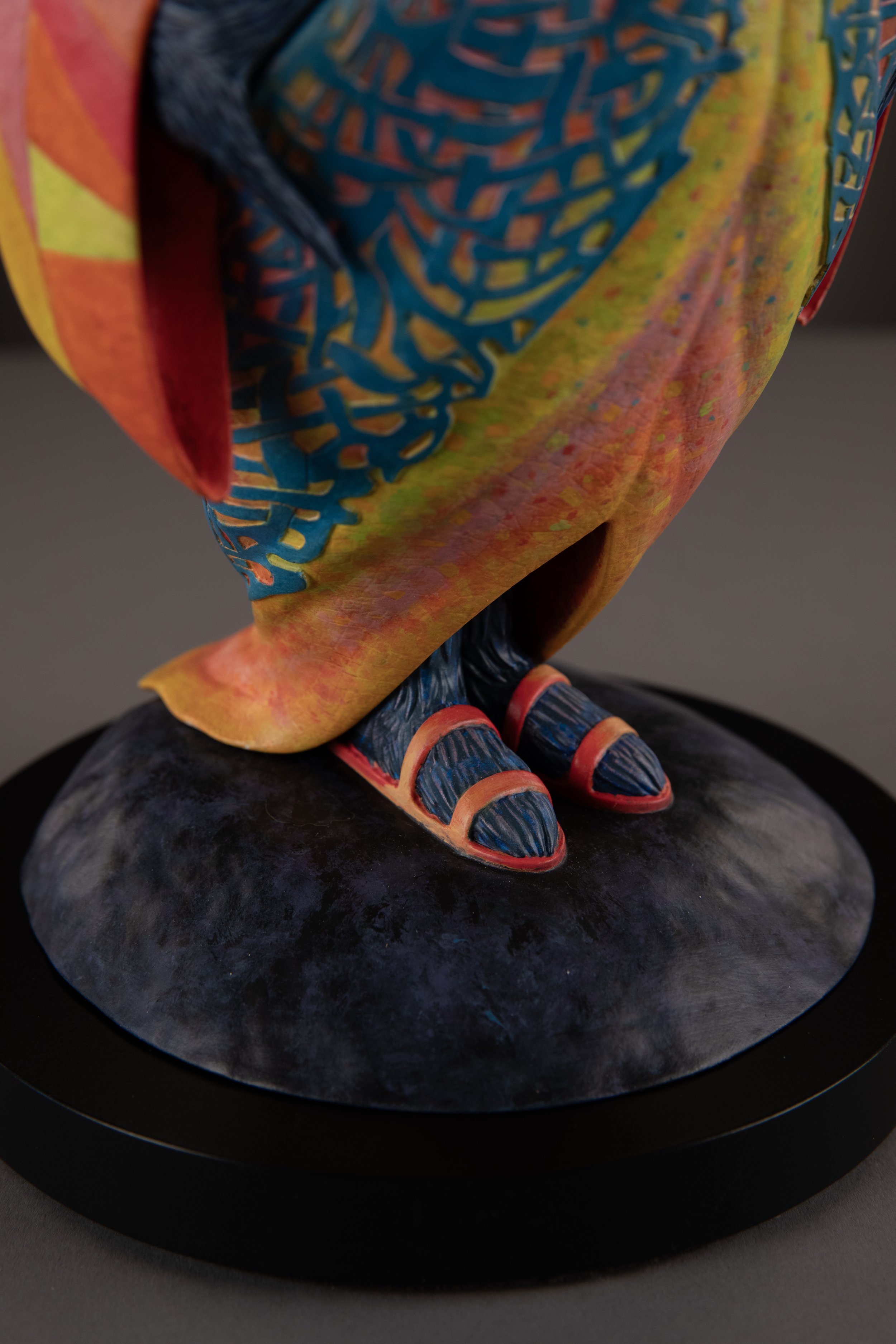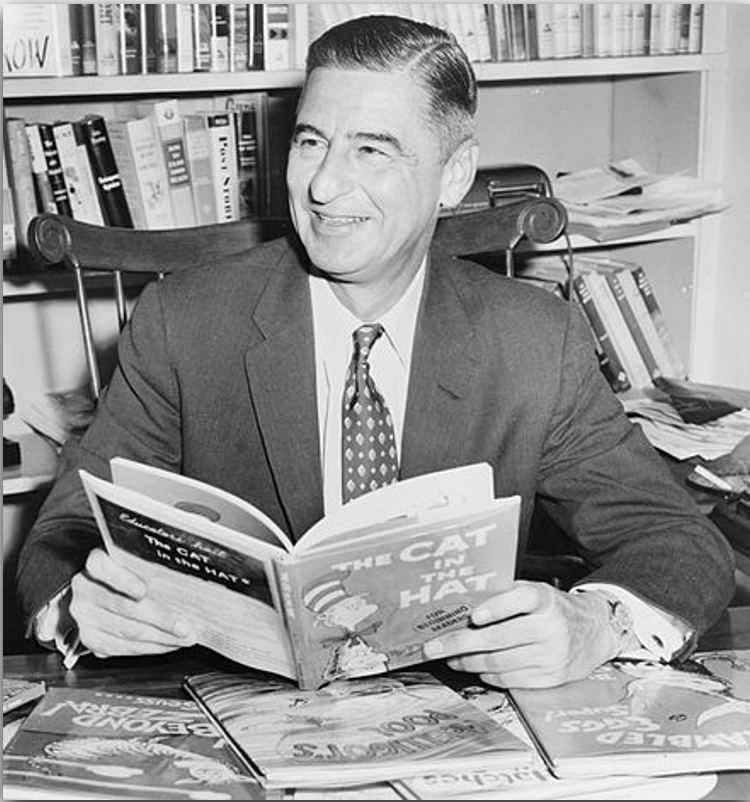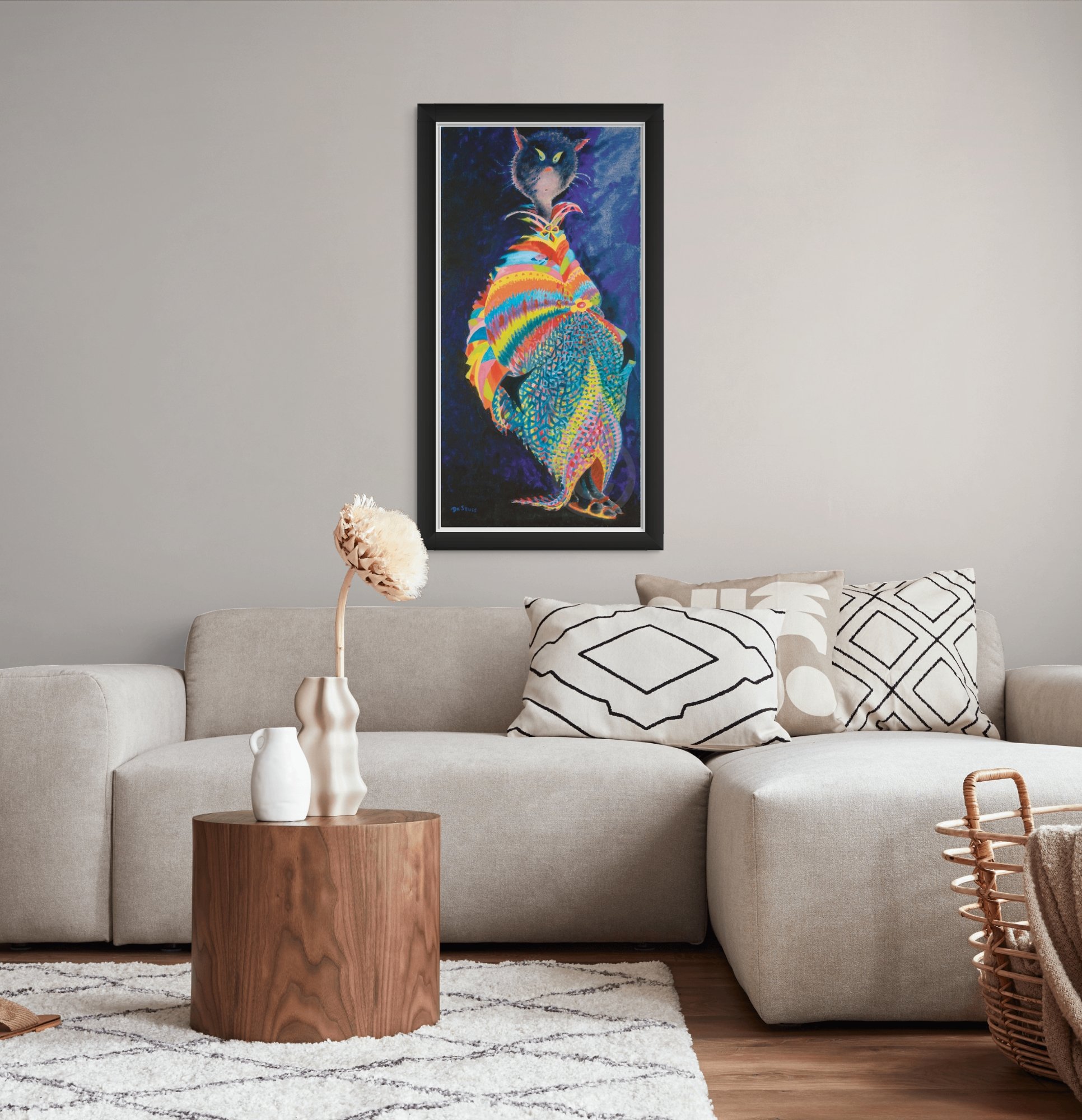In the Thin Air of Uncertainty, Opportunity Takes Shape






$4,995 USD
Hand-Painted Cast Resin Sculpture
Authorized Estate Edition
Dimensions: 15" H x 6" W x 4.5" D with a .75" x 6.75" base
Limited Edition of 850 Arabic Numbers
99 Patrons’ Collection
155 Collaborators’ Proofs
5 Hors d’Commerce
Adapted posthumously from the 1970 original acrylic on canvas board.
Secure your acquisition now!
Please contact your local gallery for how to acquire and to learn more.
the moment after triumph
“What on earth do I do next? Will I ever have another good idea?”
At the end of the 1950s, Ted Geisel (aka Dr. Seuss) had scaled the cultural summit. The Cat in the Hat and How the Grinch Stole Christmas! had vaulted him from beloved author to pop-culture icon, a household name whose creations redefined children’s literature. And yet, precisely there, on the peak, he confronted the quiet cliff of uncertainty that stalks many of us in our moments of accomplishment: “What on earth do I do next? Will I ever have another good idea?”
Self-Portrait of the Artist Worrying About His Next Book captures that precipice. It is the intimate admission behind the public legend, a moment of imposter syndrome rendered with candor and wit. The work invites us into the thin air of creativity, where nothing is guaranteed and the next step must be invented, not inherited.
Self-Portrait of an Artist Worrying About His Next Book
The Quiet Cliff of Uncertainty
After having ascended to international fame following the release of The Cat in the Hat and How The Grinch Stole Christmas, Ted commented that he worried people would “take one look and recognize me as a fraud.” (call out quote?) That confession can be seen as defeatist, or as empowerment – depending upon how we choose to use it. Ted used it to fuel a series of private works that helped him find his way, including rare paintings such as Green Cat in Eulaborg (?) Finland Subway and Fooling Nobody. The now coveted painting, Self Portrait of the Artist Worrying About His Next Book, was a defining moment in that string of remarkably vulnerable paintings, each showing an artist working to reclaim his agency and turn anxiety into action.
Joseph Katz and His Coat of Many Colors
This dynamic new sculpture challenges us all in such moments, helping us move from “Now what?” to what is next. After we hit our goals – whether it be family, professional or otherwise - do we freeze, or do we move? Ted models an emotionally intelligent path forward, acknowledge the fear and then transforming it into action.
Secret Art Sculpture Collection 1
This groundbreaking collection began with the introduction of The Indistinct Cat sculpture, launched on the eve of the Art of Dr. Seuss Collection’s 25th Anniversary. The Indistinct Cat is now joined by the rare and iconic Joseph Katz.
The acclaimed artist Michael DeFeo was commissioned to realize both works in three dimensions. DeFeo is most well-known for translating Horton and the Lorax into three-dimensional sculptures for the production of those two blockbuster films. Michael is currently working on the third and final sculpture in the first Secret Art Sculpture Collection.
To learn more about the artist, CLICK HERE.
Mining Our Roots to Overcome Fear
What followed Self Portrait of The Artist Worrying About His Next Book is the twist that makes this image legendary. Ted Geisel’s next project was Green Eggs and Ham, a masterwork of determination and open-mindedness that became one of the best-selling titles in the English language upon release.
This image depicts the coastline outside Ted’s window and foreshadows the Truffula Trees that would appear later in The Lorax.
Firebird is an example of the grace and ease with which we can navigate our lives, despite the waves we may encounter. Inspired by the view outside his window, this work also appears to be inspired by the many friendships that help guide Ted throughout his life.
In this additional send up to Ted’s friend Lee Katz, he elevates Katz to archbishop status. Ted positions him in a kaleidoscopic prism of colors reminiscent of Wayfair’s Chapel which sat next door to Lee Katz’s California home where Ted visited after the war. It was there that Ted fell in love with California.
When Ted first visited Lee Katz’s home in the 1940’s, he fell in love with California and proclaimed that he wanted to live somewhere where he could walk around outside in his pajamas. Ted’s final book Oh The Places You’ll Go features a young boy doing just that - walking outside in his yellow pajamas experiencing all life has to offer. He wrote this final book from his hilltop studio in La Jolla, CA nearly 40 years after that first visit to Lee Katz’s home.
Please contact your local gallery for how to acquire and to learn more.













